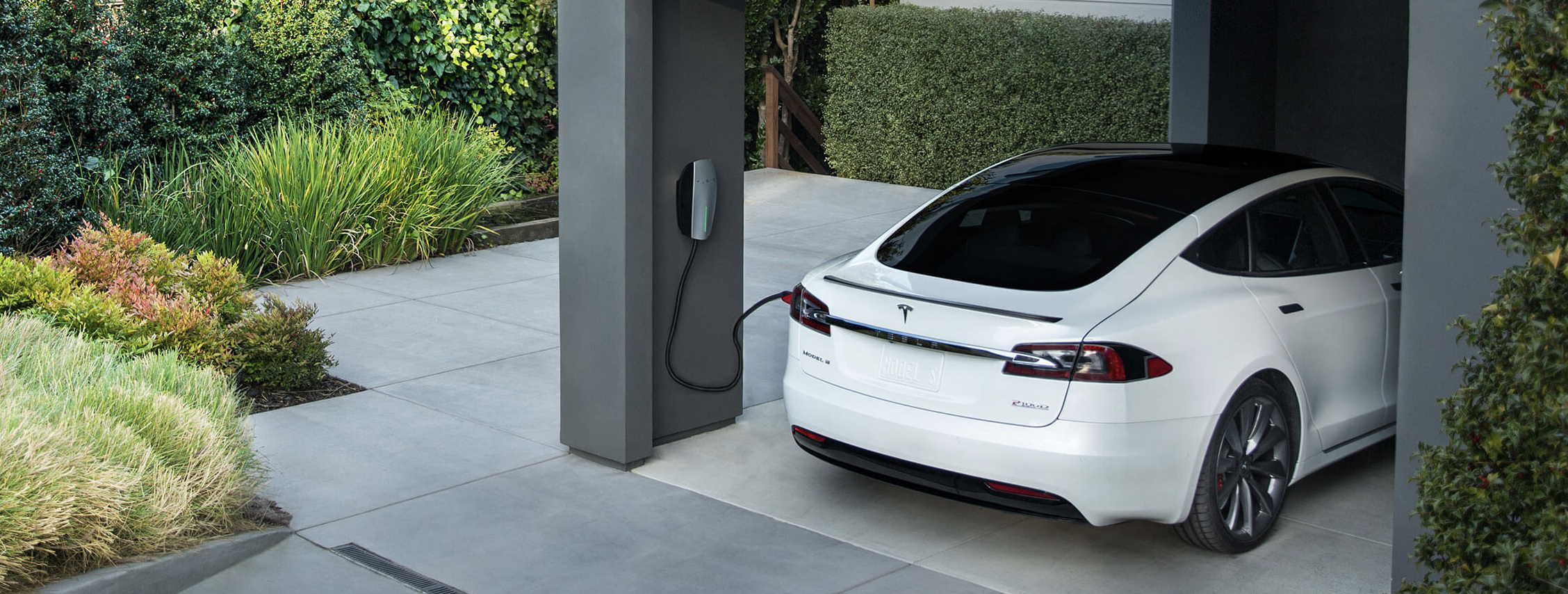The adoption of electric vehicles might seem to have major hurdles in front of it, but in reality, it is being stifled by a false premise. Range anxiety, the idea that electric vehicles don’t have enough charging points to adequately service their driver base is a major sticking point for the average consumer. We believe this doesn’t require a major technological advancement to solve, just a change in perception.
Taking a Note from History
When the Model T was arriving in the early 1900s, there weren’t 115,000 gas stations to refuel at like we have today. Instead, those original buyers had to fill their own containers at the local market and transport that to the vehicles themselves. Out of concern of safety, convenience, and general ease, that system transitioned to curbside pumps which ultimately turned into service stations opened by early oil giants like Texaco and Shell.
These companies were opening stations because they saw the transition and knew there was a need to be filled, even if the driver base was limited at the time. Although the current EV driver base is also limited, we see this transition as inevitable. Building out charging networks (to a limited extent) isn’t as big of a risk today and would be a boon to expanding the demand for EVs.
Perception Is Reality
With 6 in 10 consumers claiming the reason they haven’t bought an EV is because of a lack of charging points or the fear of running out of battery, range anxiety is a major issue for consumers (and, therefore, automakers). This perception fuels the argument that EVs are not yet a viable option. However, we see a few reasons why the perception of range anxiety will dissipate in the coming years:
- A new generation of consumers will be more energized about purchasing EVs (63% of millennials consider an EV as their next vehicle vs. 38% of baby boomers).
- Battery ranges will steadily increase at around 5% each year with the potential for larger jumps with new releases.
- Networks will be expanded from both independent brands like Tesla and destination charging spots like ChargePoint.
Tesla’s Early Advantage
Tesla has been the only automaker to heavily invest in their own charging network, and we see a few reasons why this is a benefit. First is the fact that they have an extensive network of over 1,500 supercharger stations that can get you anywhere in the US. We think of this more as a prerequisite for demand or a marketing expense than a long-term competitive advantage, but the supercharger network has contributed massively to Tesla’s early lead. Second, Tesla has an advantage in both speed and options, with supercharger stations that can fill your battery to 80% in a half hour and home chargers that can easily be installed and fully charge a car overnight. Lastly, the proprietary ability within a Tesla to map out a trip and have it optimize for where, when, and how long to stop and recharge is a unique advantage to having their own network.
When to Stop Building
Gas stations have swelled to massive numbers over the last century, but we don’t think EV charging networks should come close to that magnitude. This is due to the fact that most charging will be done at home. This is another issue of perception where people believe they are driving more than they really are when in reality the average commute for a US driver is 29 miles per day. Additionally, a study by MIT indicates that 87% of car usage on the road today could be replaced by an existing EV (2016 study so with increased range and charging locations that this is higher now).
We only see the necessity to build out around 20,000 fast charging stations to fulfill demand. Home charging will be accessible in most homes of EV owners, with workplace and residential hubs fulfilling the rest. Other stations should purely be to bridge longer-distance trips (which are few and far between).
Disclaimer: We actively write about the themes in which we invest or may invest: virtual reality, augmented reality, artificial intelligence, and robotics. From time to time, we may write about companies that are in our portfolio. As managers of the portfolio, we may earn carried interest, management fees or other compensation from such portfolio. Content on this site including opinions on specific themes in technology, market estimates, and estimates and commentary regarding publicly traded or private companies is not intended for use in making any investment decisions and provided solely for informational purposes. We hold no obligation to update any of our projections and the content on this site should not be relied upon. We express no warranties about any estimates or opinions we make.
